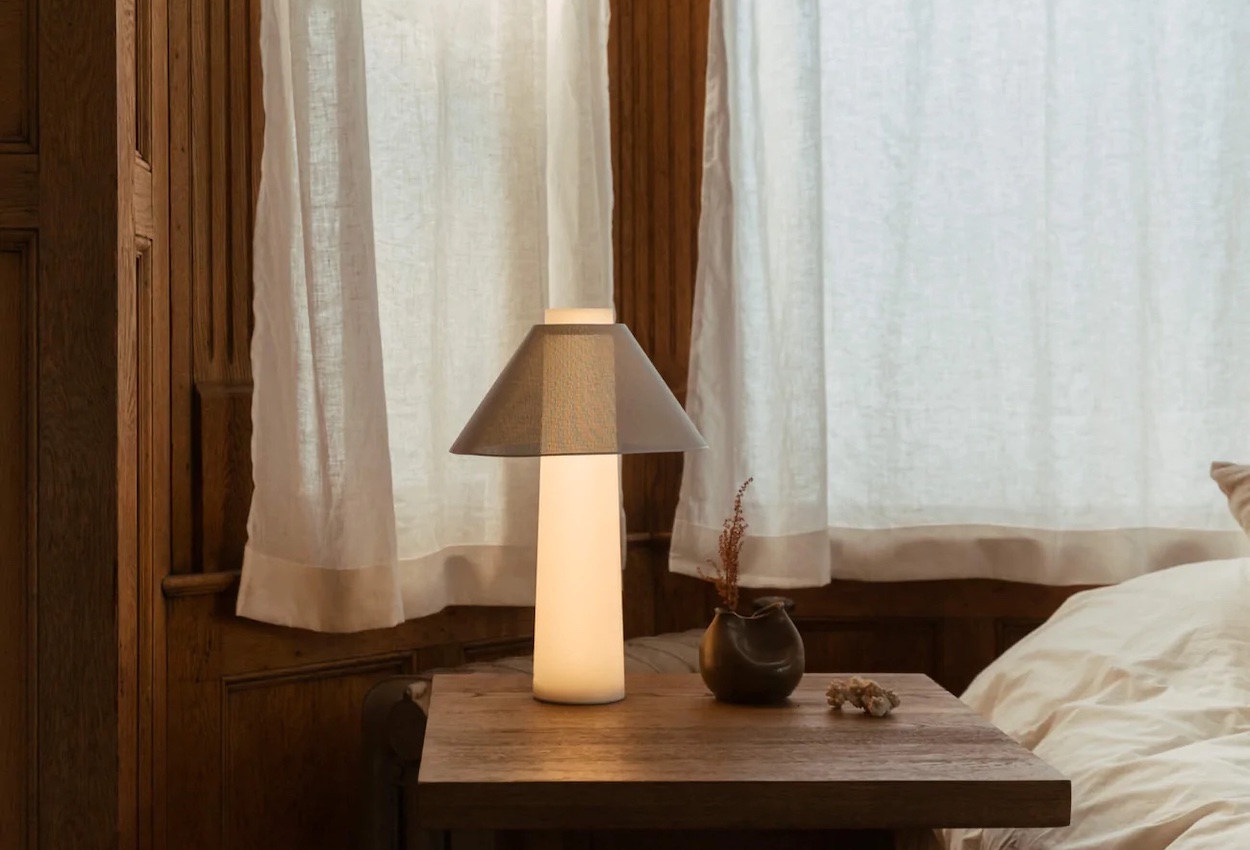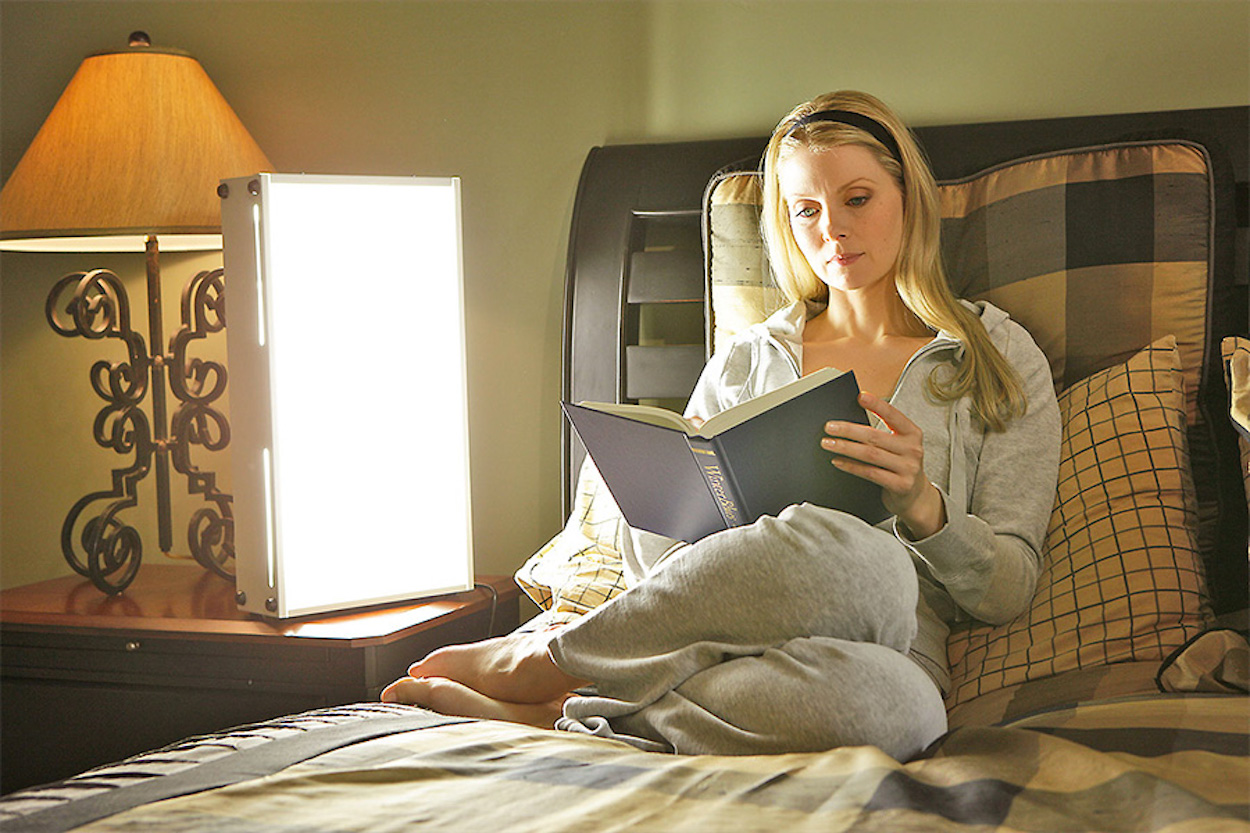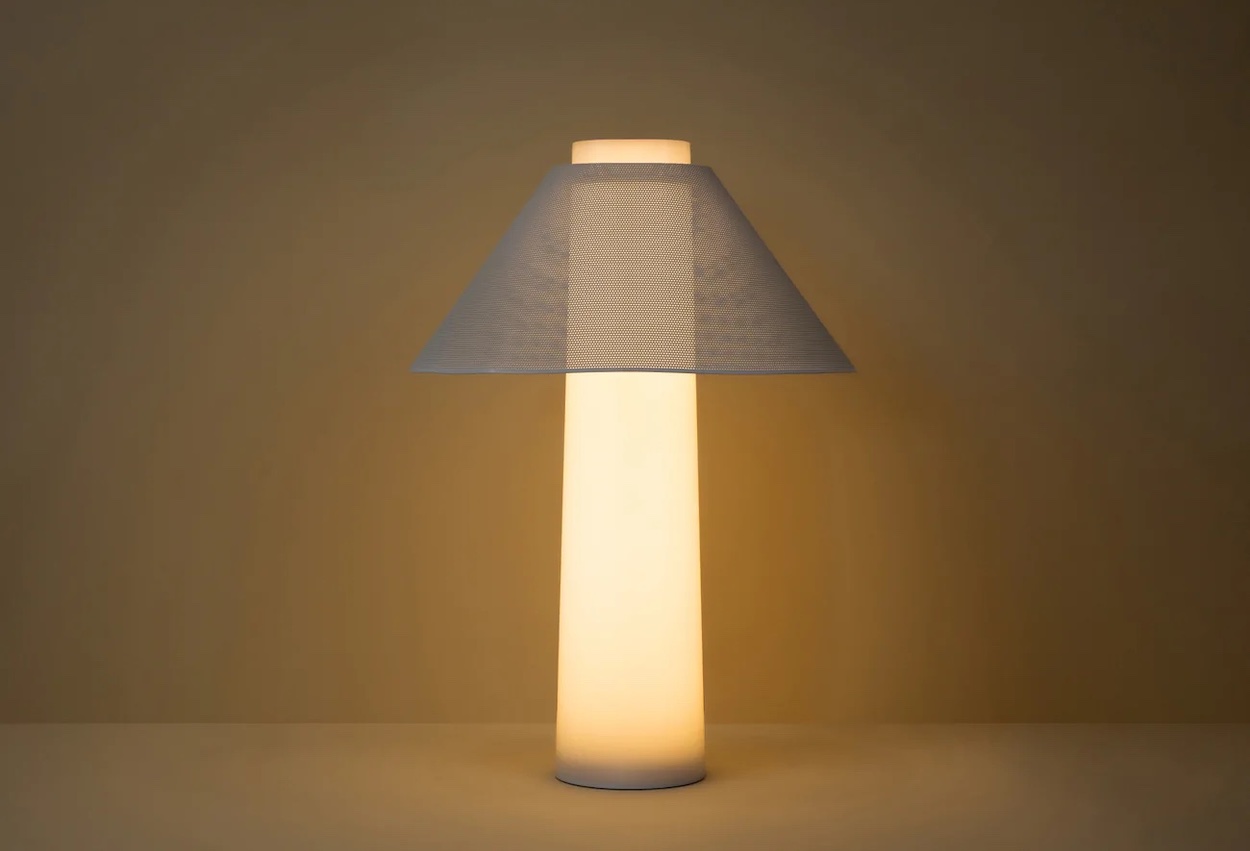Every winter, as the days get shorter and some climates experience drops in temperatures, getting out of bed seems to be that much harder. Light therapy, clinical lingo for flooding a room with rays that mimic the sun, is touted by researchers, doctors, and normies as a solution for sluggish wakeups and a possible treatment for Seasonal Affective Disorder (SAD), also known as seasonal depression.
SAD is a medical condition that can only be treated by a doctor, but the term “SAD lamp” has emerged as shorthand for tabletop lighting designed to trick the body into thinking it’s getting more than a scant few hours of natural light each day. Searching for SAD lamps online turns up a slew of options that may be doctor-endorsed but, aesthetically speaking, are more depressing to look at than a 3:30 P.M. sunset.
“Dr. Robert Sack and I realized that humans really don’t have seasonal rhythms like animals do, like breeding and hibernation and reproduction,” says. Alfred Lewy, a pioneering researcher whose work has informed the use of light therapy as a SAD treatment. “We proposed a ‘phase shift hypothesis’ that is still the leading hypothesis for how bright lights treat SAD, which is that in the winter, with the shorter days, most people’s circadian rhythms drift late with the later dawn, out of phase with their natural sleep-wake cycle. It’s like having jet lag for five months. With morning bright-light exposure, those rhythms are pushed back earlier, back into phase with their sleep.”



